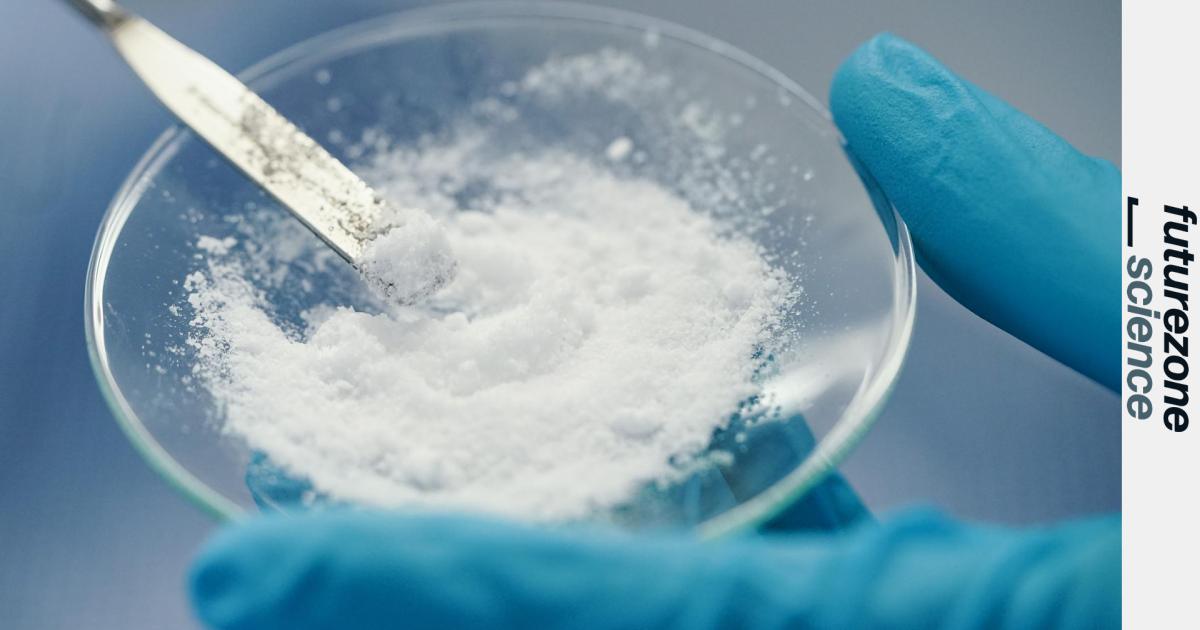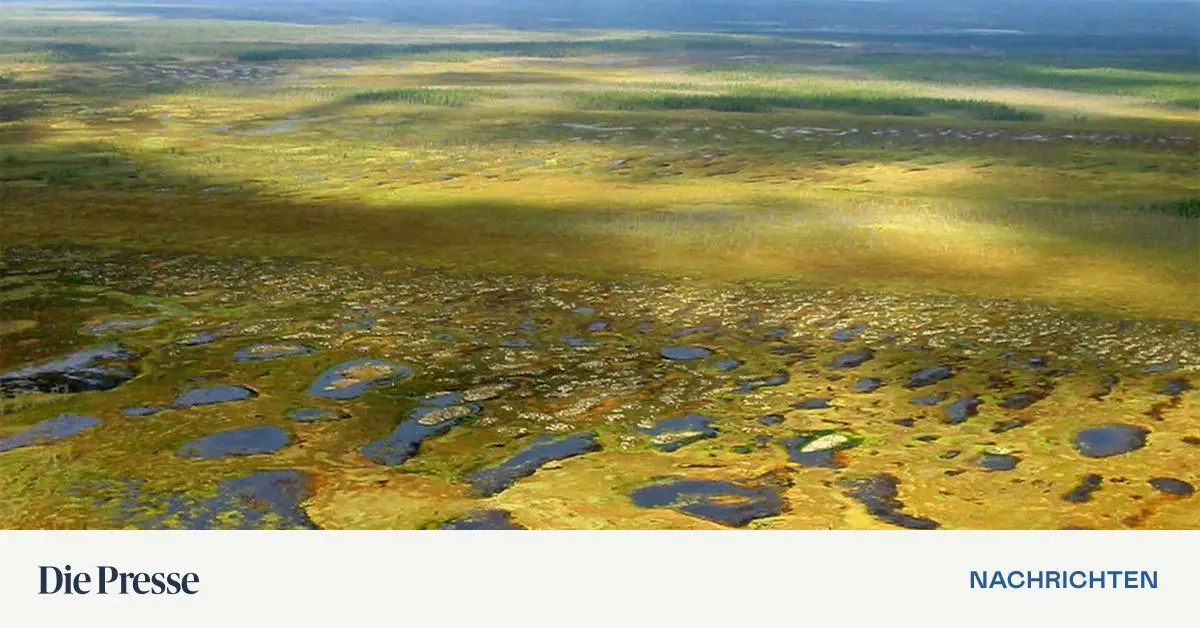A new study has shown the effects of global warming on the tundra in the Northern Hemisphere. Innsbruck ecologist Christina Biasi was one of 70 researchers involved in the international project. She led the measurements in the Siberian Arctic.
When climate scientists talk about tundra “breathing,” it doesn't necessarily bode well. In ecology parlance, this means that the vast amounts of carbon locked in permafrost may be off-gassed, so to speak, “exhaled,” as temperatures rise. This could be a problem, especially as the tundra warms and releases more carbon.
The reason for this literally lies in the soil. Because of warmer air temperatures, they are now melting more during the Arctic summer than before. This allows microorganisms to break down the soil material. Which in turn leads to the escape of large amounts of carbon dioxide due to increased metabolism. In short, tundra could go from being a carbon store to becoming a carbon source.
Trials in 28 sites
In addition to carbon dioxide, other greenhouse gases are also emitted. Both methane and nitrous oxide will be released in smaller amounts compared to carbon dioxide, but will have a much stronger effect on global warming, says Christina Biasi, an ecologist at the University of Innsbruck. Thus the cold, treeless steppes that stretch like a ribbon across the Northern Hemisphere – between Arctic ice zones and coniferous taiga forests, from Eurasia to North America – have the potential to trigger a vicious ecological cycle. “Greenhouse gases lead to global warming, and global warming in turn increases pressure on the permafrost,” Biasi summarizes.
The Tyrolean scientist is part of a network of more than 70 researchers assessing the effects of warming in 28 Arctic and high-alpine tundra sites, such as Russia, Canada, China (Tibet Plateau), Scandinavia, Greenland, Alaska and Italy. In all these countries, the international team simulated global warming using so-called open chambers, which block wind and trap heat like mini-greenhouses. The data collected was compared with control data from unheated areas.
Experiments conducted around the world so far have shown that particularly strong impacts of global warming can be expected in eastern Siberia and Canada.
Arctic Research in Russia
Christina Biasi led the three-person research team, which conducted measurements and simulations in Siberia. Over the past 15 years, she has traveled to the Russian Arctic ten times for several weeks at a time to conduct her field research. Conditions there are often difficult. “Living in a regimented way and organizing your business is hard, but doable with experience.”
“The remote and harsh environments require careful planning. Despite the sometimes harsh weather and challenging logistics, encounters with the locals have been mostly positive. The people there are often very hospitable and helpful.”
Christina Biasi,
Ecologist, University of Innsbruck
Biasi emphasizes that her team cooperated well with Russian scientists. However, their focus was more on soil analyzes than on greenhouse gases. However, the fact that such cooperation is not currently possible represents a major loss for Arctic research: “First, a large part of the Arctic is in Russia, and second, we have shown that these ecosystems react very sensitively to climate change.”
However, warming experiments conducted in tundra regions showed that ecosystem respiration increased by 30 percent during the growing season due to increased metabolic activity in soil and plants—significantly more than previously assumed by scientific estimates. These results were incorporated into the comprehensive study of the large project, which was recently published in the journal nature It has been published and represents the most comprehensive meta-analysis of warming experiments to date.
Permafrost Alps on the horizon
For Cristina Biasi, permafrost will remain a research focus. The Kitzbühel-born ecologist, who worked as an assistant professor at the University of Eastern Finland for 14 years after obtaining her doctorate, returned to her home university in Innsbruck two years ago. In the future, she would also like to devote herself to alpine permafrost. As for international projects, they will also be discussed in the next article The nature of climate change He will be represented as a co-author on the long-term measurement results of the warming experiments.
dictionary
permafrost Refers to a surface where temperatures are continuously below zero degrees Celsius for at least two years. The main factor for its occurrence is therefore air temperature.
Above permafrost There is a layer several meters thick that melts every summer and freezes again in winter.
down The permafrost body is limited by the flow of geothermal heat from the Earth's interior.

“Total coffee aficionado. Travel buff. Music ninja. Bacon nerd. Beeraholic.”







More Stories
How can lithium be extracted from thermal water?
A nod to Benno's past
Vitamin D deficiency due to sunscreen? How big is the risk?